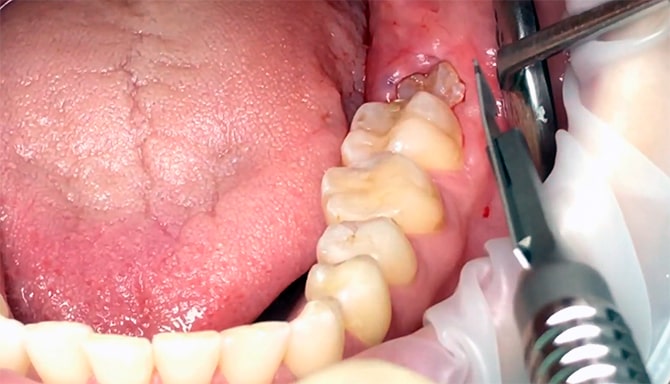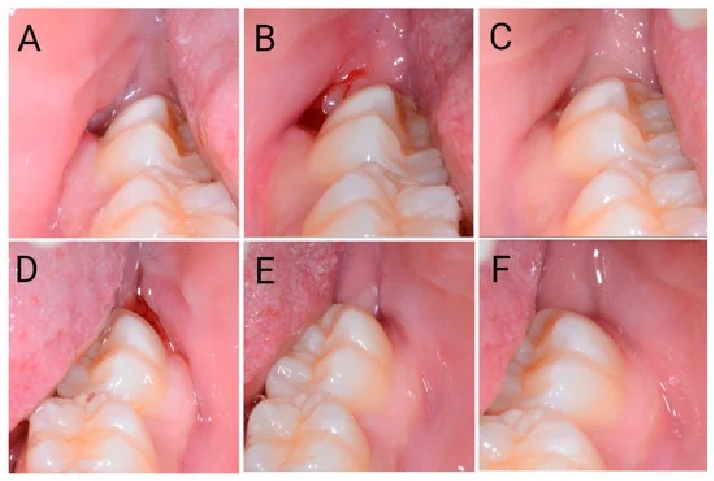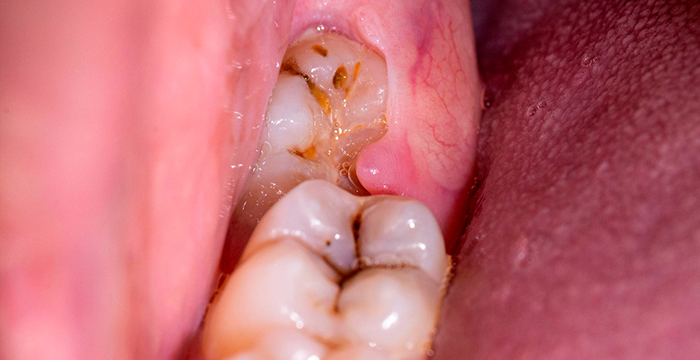Can i have cake after wisdom teeth removal

Wisdom teeth removal is a common dental procedure that many people undergo to prevent or alleviate various dental issues. After the surgery, it is crucial to follow specific dietary guidelines to ensure proper healing and avoid complications. One common question that arises is, “Can I have cake after wisdom teeth removal?” This comprehensive guide will explore the factors to consider when deciding whether to eat cake after this procedure, provide alternative food suggestions, and offer tips for a smooth recovery.
Understanding Wisdom Teeth Removal
What Are Wisdom Teeth?
Wisdom teeth, or third molars, are the last set of teeth to emerge, usually between the ages of 17 and 25. These teeth can cause problems due to their position and the limited space available in the mouth. Common issues include impaction, crowding, infection, and cysts.
The Removal Procedure
Wisdom teeth removal is typically performed by a dentist or oral surgeon. The procedure involves the following steps:
- Anesthesia: Local or general anesthesia is administered to ensure comfort during the procedure.
- Incision: An incision is made in the gum to access the tooth.
- Tooth Extraction: The tooth is carefully removed. In some cases, the tooth may need to be divided into smaller pieces for easier extraction.
- Stitches: The incision is closed with stitches, which may dissolve on their own or require removal later.
Post-Operative Care
Proper post-operative care is essential for a smooth recovery. This includes managing pain, swelling, and preventing infection. Adhering to dietary guidelines is a crucial aspect of post-operative care.
Can I Have Cake After Wisdom Teeth Removal?
Immediate Post-Operative Period
In the immediate period following wisdom teeth removal, your mouth will be sensitive, and your gums will need time to heal. During the first 24 to 48 hours, it is important to stick to a soft diet to avoid disturbing the surgical site.
Considerations for Eating Cake
When deciding whether you can have cake after wisdom teeth removal, consider the following factors:
- Texture: Soft, moist cake is preferable to dry, crumbly cake. Dry cake can irritate the surgical site and get stuck in the extraction sockets.
- Sugar Content: High sugar content can promote bacterial growth and increase the risk of infection. It is advisable to consume cake in moderation.
- Temperature: Avoid hot or cold cakes, as extreme temperatures can cause discomfort and delay healing.
- Toppings and Fillings: Avoid cakes with nuts, seeds, or hard candies, as these can get lodged in the extraction sites and cause irritation.
Recommendations for Eating Cake
If you decide to eat cake after wisdom teeth removal, follow these recommendations to minimize the risk of complications:
- Choose Soft, Moist Cakes: Opt for cakes with a soft, moist texture, such as sponge cakes or cheesecakes.
- Limit Portion Size: Eat small portions to reduce the risk of irritation and infection.
- Avoid Rich Frostings: Choose cakes with minimal or no frosting to reduce sugar intake.
- Rinse Your Mouth: Gently rinse your mouth with a saltwater solution after eating to remove any food particles and promote healing.
Alternative Food Suggestions
While cake can be enjoyed in moderation, there are several other foods that are more suitable for consumption after wisdom teeth removal. Here are some recommended options:
1. Yogurt
Yogurt is a soft, nutritious option that is easy to consume and gentle on the surgical site. Choose plain or low-sugar varieties to avoid excessive sugar intake.
2. Smoothies
Smoothies are a great way to incorporate fruits and vegetables into your diet while maintaining a soft texture. Avoid using straws, as the suction can dislodge blood clots and cause dry socket.
3. Mashed Potatoes
Mashed potatoes are soft and easy to eat, making them an ideal choice for post-surgery meals. Ensure they are not too hot before consuming.
4. Applesauce
Applesauce is a nutritious and easy-to-eat option that provides vitamins and minerals without irritating the surgical site.
5. Scrambled Eggs
Scrambled eggs are soft, protein-rich, and easy to prepare. They are an excellent choice for a post-operative diet.
6. Pudding and Gelatin
Pudding and gelatin are soft, sweet treats that can be enjoyed without causing discomfort. Opt for low-sugar versions to reduce the risk of infection.
7. Broth-Based Soups
Broth-based soups provide hydration and nutrients without requiring much chewing. Avoid soups with large chunks of meat or vegetables.
8. Ice Cream
Ice cream can soothe the surgical site and provide relief from swelling. Choose soft, plain flavors without nuts, chocolate chips, or other hard mix-ins.
Tips for a Smooth Recovery
Following these tips can help ensure a smooth recovery after wisdom teeth removal:
1. Follow Your Dentist’s Instructions
Adhere to all post-operative instructions provided by your dentist or oral surgeon. This includes taking prescribed medications, maintaining proper oral hygiene, and attending follow-up appointments.
2. Manage Pain and Swelling
Use prescribed or over-the-counter pain medications as directed. Apply ice packs to the affected area for 20 minutes at a time to reduce swelling.
3. Avoid Physical Activity
Refrain from strenuous activities and exercise for at least a few days after the procedure to prevent complications and promote healing.
4. Maintain Oral Hygiene
Gently brush your teeth, avoiding the surgical site. Use a saltwater rinse to keep the area clean and reduce the risk of infection.
5. Stay Hydrated
Drink plenty of water to stay hydrated. Avoid using straws, as the suction can dislodge blood clots and cause dry socket.
6. Avoid Smoking and Alcohol
Smoking and alcohol can delay healing and increase the risk of complications. Avoid these substances for at least a week after the procedure.
Potential Complications and When to Seek Help
While most people recover smoothly after wisdom teeth removal, some may experience complications. It is important to be aware of these potential issues and seek medical attention if necessary:
Dry Socket
Dry socket occurs when the blood clot at the extraction site becomes dislodged, exposing the underlying bone and nerves. This can cause severe pain and delay healing. If you suspect dry socket, contact your dentist immediately.
Infection
Signs of infection include increased pain, swelling, redness, and discharge from the extraction site. Fever and a foul taste or odor in the mouth may also indicate infection. Seek medical attention if you experience these symptoms.
Prolonged Bleeding
Some bleeding is normal after wisdom teeth removal, but prolonged or excessive bleeding requires prompt attention. Bite down on a gauze pad and apply gentle pressure to the area. If bleeding persists, contact your dentist.
Nerve Damage
In rare cases, wisdom teeth removal can cause temporary or permanent nerve damage, leading to numbness or tingling in the lips, tongue, or chin. If you experience these symptoms, inform your dentist immediately.
Frequently Asked Questions
How Long Should I Wait to Eat Solid Foods After Wisdom Teeth Removal?
It is generally recommended to wait at least 24 to 48 hours before consuming solid foods. During this time, stick to a soft diet to avoid disturbing the surgical site.
Can I Eat Spicy Foods After Wisdom Teeth Removal?
Spicy foods can irritate the surgical site and should be avoided during the initial healing period. Gradually reintroduce spicy foods into your diet once your gums have healed.
Is It Safe to Drink Coffee After Wisdom Teeth Removal?
It is best to avoid hot beverages, including coffee, for the first few days after surgery. Hot liquids can cause discomfort and delay healing. Opt for lukewarm or cold beverages instead.
How Long Does It Take for the Surgical Site to Heal Completely?
The initial healing period typically lasts about one to two weeks. However, complete healing of the extraction site can take several months. Follow your dentist’s instructions and attend follow-up appointments to monitor your progress.
Can I Use a Straw After Wisdom Teeth Removal?
Avoid using straws for at least a week after the procedure. The suction created by using a straw can dislodge the blood clot and lead to dry socket.
Conclusion
After wisdom teeth removal, it is important to follow dietary guidelines and make informed choices to ensure proper healing and avoid complications. While you may be able to enjoy cake in moderation, it is crucial to consider factors such as texture, sugar content, and temperature. Soft, moist cakes without rich frostings are preferable, and it is essential to rinse your mouth gently afterward.
In addition to cake, there are several other soft and nutritious foods that are suitable for consumption after wisdom teeth removal. Following a soft diet, maintaining good oral hygiene, and adhering to your dentist’s post-operative instructions will help promote a smooth recovery.
By understanding the potential complications and knowing when to seek medical attention, you can ensure that your recovery is as comfortable and trouble-free as possible. If you have any concerns or questions about your recovery, do not hesitate to contact your dentist or oral surgeon for guidance.
Remember, patience and proper care are key to a successful recovery after wisdom teeth removal. With the right approach, you can enjoy your favorite foods and return to your normal activities in no time.









